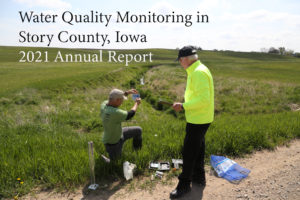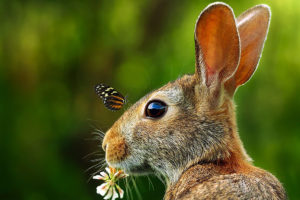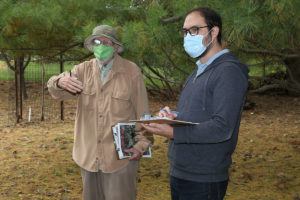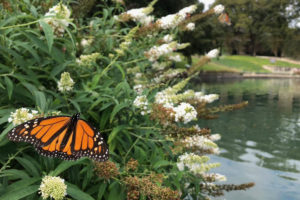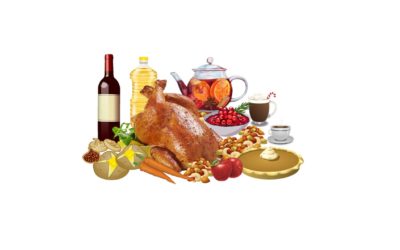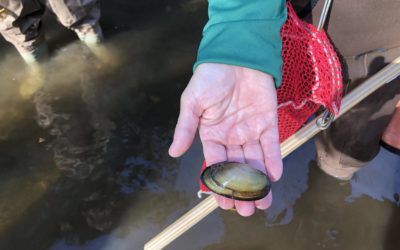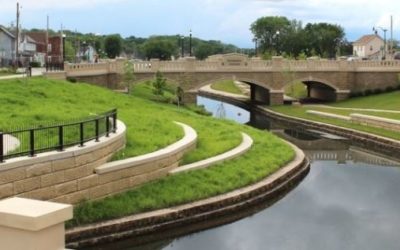Watersheds and Wildlife
Many creeks and lakes are not monitored by state agencies. Water quality monitoring with our local partners is filling the gap in Story County and is guiding conservation efforts. The drought made 2021 a challenging year for monitoring but we’re learning how to control for weather in order to better see the influence of land management on water. Read our annual report or a quick summary of our findings.
Over 100 species of butterflies and 400 species of bees, along with many other species found in Iowa, need your attention.
Our goal is to create diverse habitats, and plant native prairies and grasslands to restore pollinator, bird, mammal, reptile, and amphibian populations while improving soil health.
We are working with landowners to provide for Iowa’s pollinators and wildlife by mapping and cataloging flyways and ecosystems, assisting with small to large landowner habitat design, providing conservation assistance, harvesting and providing native seeds while conducting environmental outreach and education.
What matters is the actions we are taking plus the information and relationships we have assembled puts local government, landowners, and our many partners in a good position to tackle these challenges!
A Full Plate: Little Things Deserve Our Thanks
As E. O. Wilson accurately put it, insects are the “little things that run the world”, and that includes pollinators. They are not only the key to the survival of nearly 90% of flowering plant species; they are also a major food source for other animals, and benefit about 35% of our world’s food crops.
The Great Mussel Rescue of 2022
Twelve volunteers dug up rare mussel species in Ioway Creek to relocate them ahead of a construction project.
The Real Meaning of WOTUS
This election season, remember the true meaning of WOTUS: development and flash flooding. Reflections on the Iowa Water Conference and a Supreme Court case.
Jessica Butters
Pollinator Conservation Specialist
Dan Haug
Water Quality Specialist

